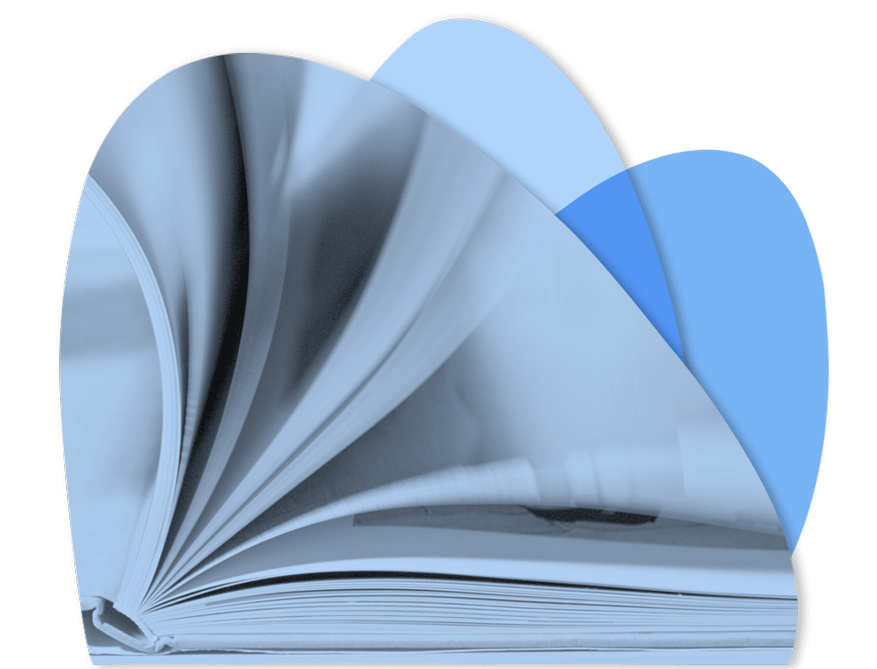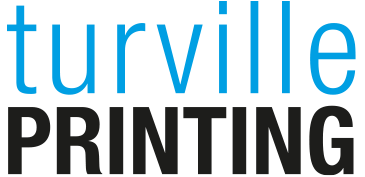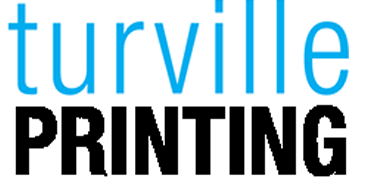
Question And Answer
At Turville Printing we accept a range of different formats. These are: PDF, EPS, AI, JPG, TIFF, PNG.
The best file formats for images are: JPEG, PNG, and PDF. To meet your expectations high-resolution, un-compressed JPEG is ideal.
The best file formats for graphics and text is: PDF, we recommend using Adobe PDF/X-1a:2001.
Images should be supplied in either JPEG or TIFF format, at a minimum resolution of 200 pixels per inch at 100% print size.
When printing, make sure you choose a CMYK colour model. CMYK (cyan, magenta, yellow and black) it is subtractive colour model which adds pigment in the form of ink or dye to subtract white from an image. This model is used by the printers in order to produce the best colour clarity.
For the special finishes, such as foiling or spot gloss, we advise that the element of the design is saved as a separate layer with 100% of any components of CMYK value, e.g. 0/100/0/0.
Raster and vector are two ways an image can be constructed digitally.
Raster graphics, such as digital photographs, are made up of pixels. We traditionally use pixel images when we take photos or create web graphics. The main problem it's pixelation if you want to create large format print, a raster image can make your final product blurry.
Vector graphics, such as logo files, use are using geometric shapes to create an image. This means that you can enlarge them to pretty much any size, without losing any sharpness, clarity or detail.


